
DEME, a leading provider of offshore energy services, has secured contracts worth over €300 million. These contracts are for the transport and installation of 112 foundations at the 1.6GW Nordlicht offshore wind farms in Germany. The project is located 85 kilometers north of Borkum in the German North Sea. It aims to contribute significantly to Germany‘s renewable energy transition.
Installation of Foundations and Scour Protection
Under the contracts, DEME will be responsible for installing 68 foundations at the Nordlicht 1 offshore wind facility in 2026. This will be followed by 44 foundations at Nordlicht 2 in 2027. The company will also provide scour protection for both projects. To carry out this task, DEME will deploy its offshore installation vessel, Orion. This vessel is equipped with a 5,000-ton crane and a motion-compensated pile gripper. These advanced features ensure the installation process remains efficient, even in challenging weather conditions.
DEME’s North Europe business unit director, Bas Nekeman, expressed excitement about the collaboration with Vattenfall and BASF. He highlighted the shared commitment to sustainable energy and innovative solutions that drive the transition toward greener power sources.
Project Overview and Future Impact
The Nordlicht project zone consists of two wind farms: Nordlicht 1 (980MW) and Nordlicht 2 (630MW). The wind farms are being developed by Vattenfall, with BASF holding a 49% stake. Once completed, the farms are expected to generate approximately 6 TWh of electricity annually, enough to power 1.7 million households. The construction phase is scheduled to begin in 2026, with full commissioning expected by 2028.
Key suppliers for the Nordlicht projects include EEW SPC, which will manufacture monopile foundations. CS WIND Offshore will supply transition pieces. Additionally, Jan De Nul will install 196 km of inter-array cables using its vessel, Connector. The production of critical components is slated to start in late 2025. This will be contingent upon the final investment decision.





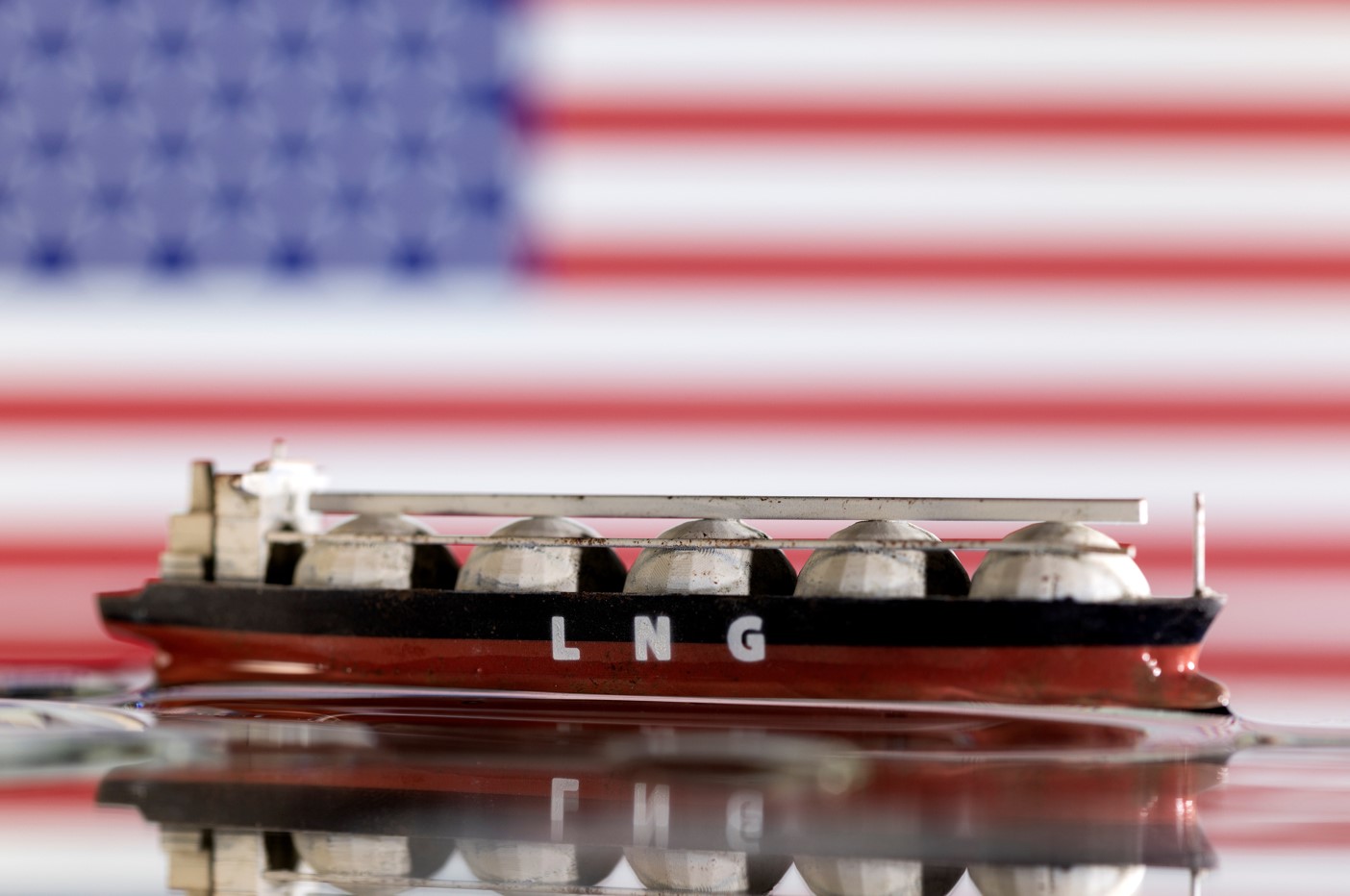

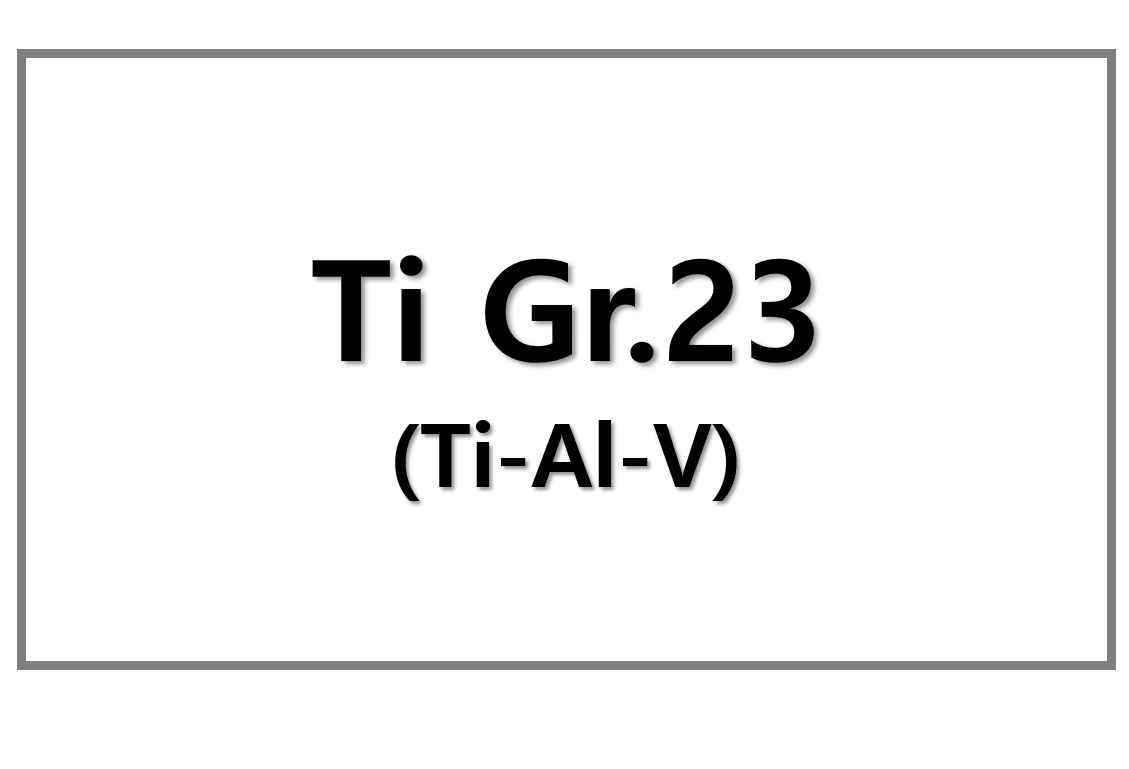
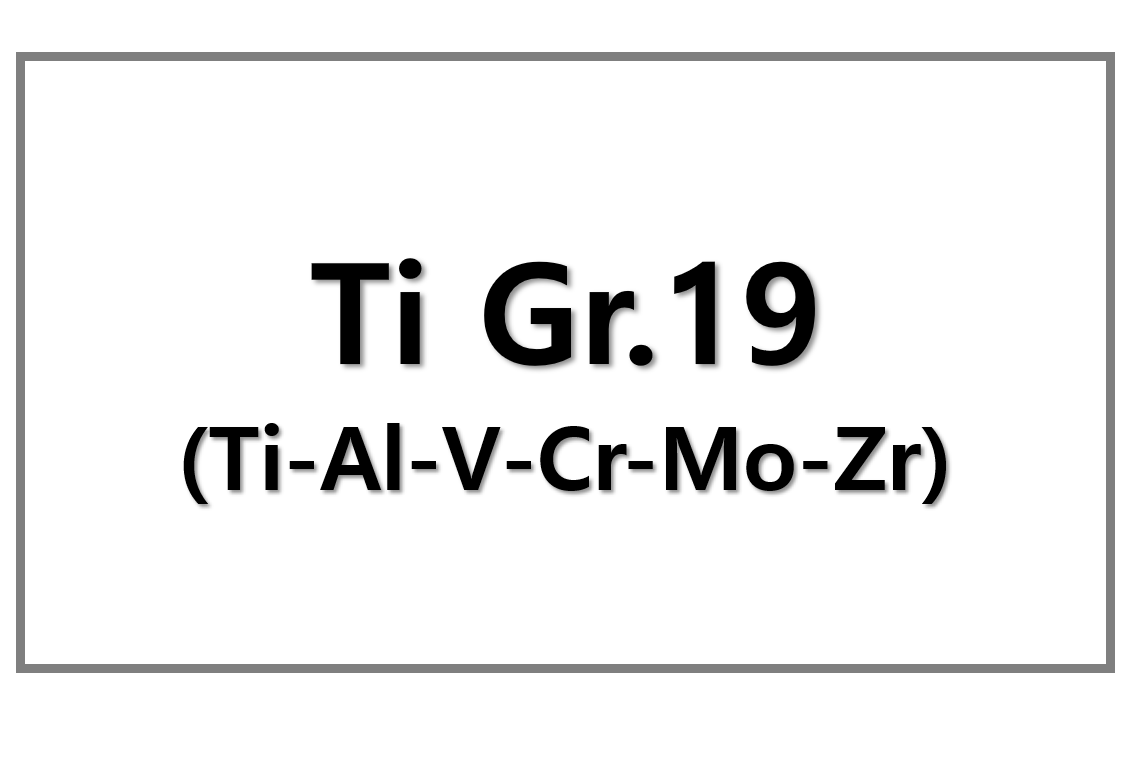
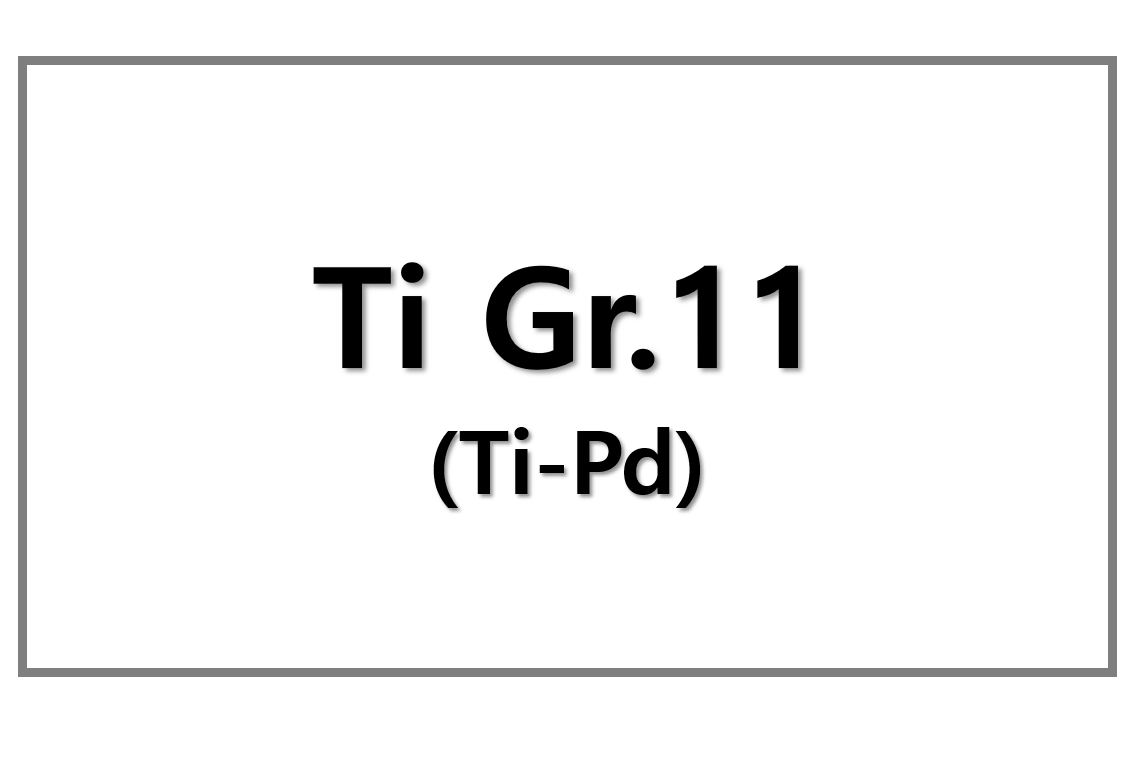
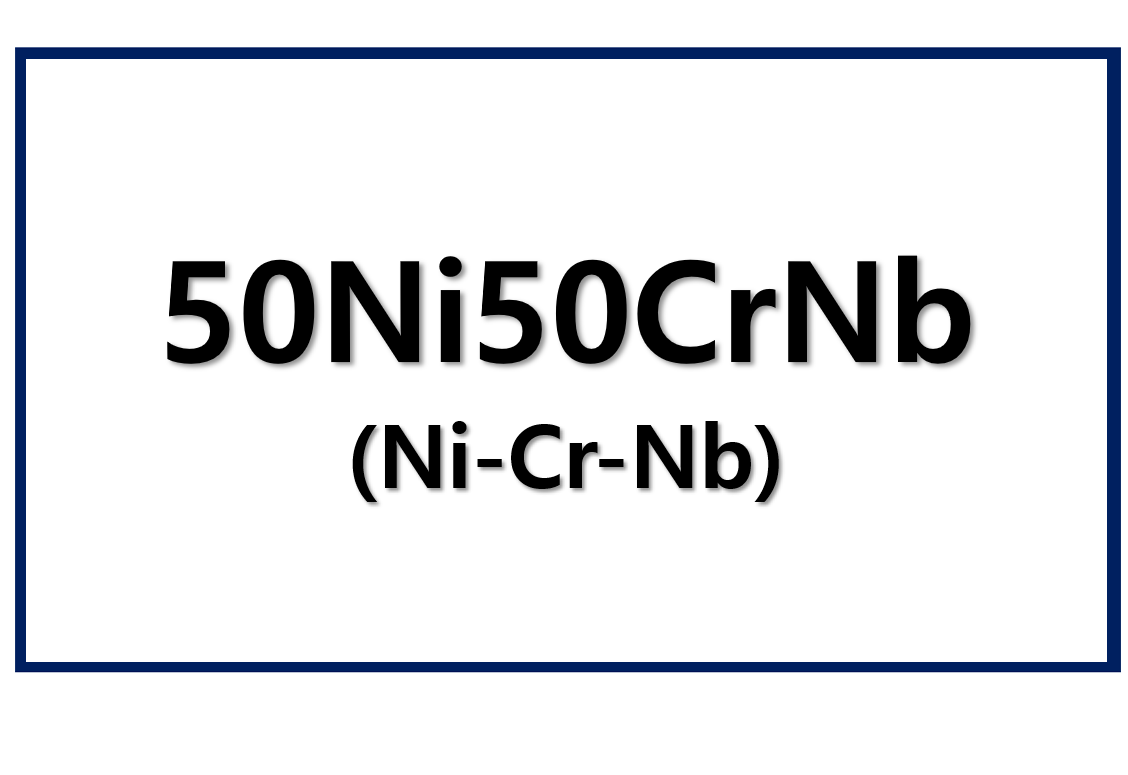
Leave a Reply
You must be logged in to post a comment.